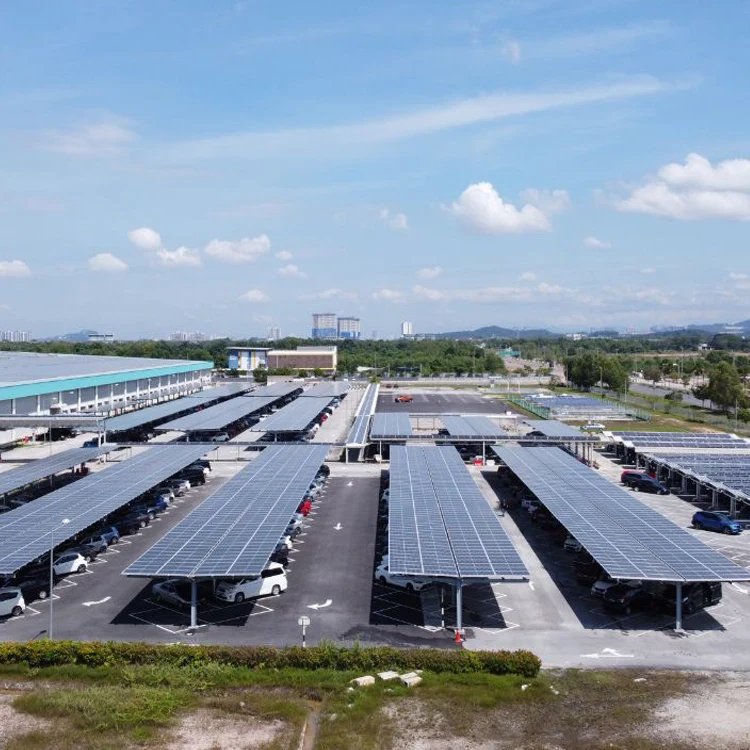-
2103 Zimmer NO.322 Xinggang One Road,Haicang District,Xiamen Fujian,China

What Is a Solar Cell Module?
Table of Contents
Understanding the Differences Between Cells, Modules, and Arrays
Solar cell modules are essential components in solar power generation. While “solar panel” and “solar cell module” are often used interchangeably, they technically refer to the same thing: a panel made by assembling multiple solar cells. In this article, we explain the structure of solar cell systems, the differences between cells, modules, strings, and arrays, and the basics of solar power generation.
What Is a Solar Cell Module?
Differences Between Solar Cell Modules and Solar Panels
A solar cell module consists of multiple small solar cells arranged together. Typically, one solar panel refers to one module. Although the terms “solar panel” and “solar cell module” are often used differently depending on the context, they generally mean the same.
When building a solar system, the structural hierarchy follows this order:
- Cell → Module → String → Array
Each structure combines to form a larger unit capable of significant power generation.

Structure Explained: Cell, Module, String, and Array
Solar Cell (セル)
Die solar cell is the smallest functional unit, approximately 10–15 cm square.
In crystalline silicon solar cells (most common today), a thin silicon wafer (~150–200 μm thick) forms a pn-junction, which generates electricity when exposed to sunlight.
Solar Module (モジュール)
A module packages dozens of these cells, connecting them in series, then sealing them with tempered glass for protection. Each panel installed on rooftops or ground mounts is usually referred to as one module.
Module sizes vary by manufacturer, affecting installation flexibility.
Related Link:
➡️ Dach-Solarmontage-System
String (ストリング)
A string is made by connecting several modules in series to raise the system voltage. When designing strings:
- Keep the number of modules per string consistent.
- Maximize voltage by connecting more modules.
- Arrange to minimize shading effects across modules.
Array (アレイ)
An array consists of multiple strings connected in parallel and mounted onto racking systems. The larger the array capacity (measured in kW), the more power the system can generate.
Related Link:
➡️ Bodensolarmontagesystem

Basic Knowledge of Solar Cells
Types of Solar Cells
Solar cells are classified mainly into three categories:
| Type | Examples |
|---|---|
| Silicon-based | Monocrystalline, Polycrystalline, Amorphous Silicon |
| Compound-based | GaAs, CIGS, CdTe |
| Organic-based | Dye-sensitized, Perovskite, Organic Semiconductor |
Silicon-Based Solar Cells
- Monocrystalline: High efficiency, higher cost.
- Polycrystalline: Slightly lower efficiency, lower cost, widely used.
- Amorphous Silicon: Thin, flexible, suited for special applications.
Compound-Based Solar Cells
- CIGS (Copper Indium Gallium Selenide) cells are thin, flexible, and can be made using various materials and methods.
- Mostly used in satellites and niche markets.
Organic-Based Solar Cells
- Technologies like perovskite solar cells are still under development.
- Expected to bring low-cost and flexible installation options in the future.
How Solar Cells Generate Electricity
Solar cells combine p-type and n-type semiconductors. When sunlight hits the junction between the two, electrons and holes are created, causing electric current to flow through an external circuit.
As long as sunlight continues, power generation continues.
Related Link:
➡️ Landwirtschaftliches Ackerland Solarmontagesystem

How to Calculate Solar Cell Conversion Efficiency
Solar energy conversion efficiency indicates how much sunlight is turned into electricity.
- Cell Efficiency (%)
= (Nominal Maximum Output (W) × 100) ÷ (Solar Irradiance (1000W/m²) × Cell Area (m²) × Number of Cells) - Module Efficiency (%)
= (Nominal Maximum Output (W) × 100) ÷ (Solar Irradiance (1000W/m²) × Module Area (m²))
Higher efficiency modules reduce installation area and overall system cost.
Summary: Deepening Your Understanding of Solar Cell Modules
Understanding the differences between cell, module, string, and array is essential for designing and maintaining a solar power system.
By grasping these basics, you can make informed decisions when choosing or installing a solar PV system for your home, factory, or farm.








